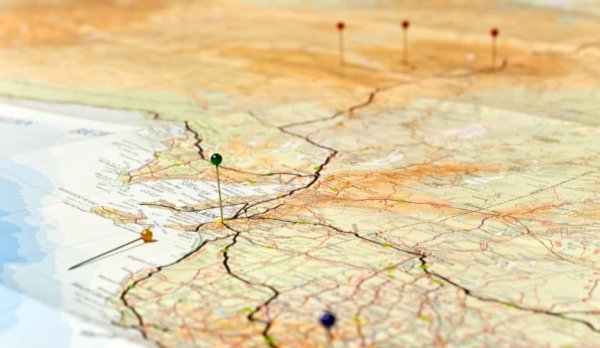Market growth expected for regional Australia
New analysis from property group Propertyology shows where Australians are moving, and why population growth isn’t a factor to determine market behaviour.

Analysing data from the Australian Bureau of Statistics (ABS) along with its own, proprietary date, the analysis shows that Australians are leaving big cities in favour of smaller cities and regional areas. This trend is driving up property prices in non-capital city locations.
Propertyology managing director Simon Pressley noted that ABS statistics show that the Australian population grew by 391,000 during the year ending 2018, with overseas migration making up 61 per cent of this number (237,255 people).
However, while 66 per cent of the total population growth occurred in capital cities, population growth does seem to determine the actions of the property market, according to Mr Pressley.
Instead, he argues, the market is dictated by buyer behaviour.
“Far too much emphasis is placed on the role in which population mass and population growth plays on property price fluctuations,” Mr Pressley said.
He added that population growth isn’t a useful factor for market growth, as overseas migrants very rarely buy property, and population growth includes births (which add no supply to the market) and deaths (which add some supply, however not a significant number).
“Even if an individual town or city had zero population growth, there will still be between 3 to 5 per cent of dwelling stock that will change hands within a typical year,” Mr Pressley explained.
“Depending on the volume of dwellings listed for sale in that year, property prices may still grow.”
Mr Pressley added he believed that examining where Australians are choosing to move and settle is a better indicator for where growth is to be expected.
The cities that saw the biggest losses to internal migration
When it comes to population, both Sydney and Melbourne saw the most growth in real terms, with each city gaining about 77,000 newcomers through overseas migration (in the year ending June 2018).
Yet, both cities suffered from internal migration numbers.
The data shows that 14 of the top 30 councils recording internal migration losses came from Sydney and a further six came from Melbourne.
Sydney was also the city that recorded the largest number of departures, with 27,434 residents leaving the NSW capital in favour of other locales around the country.
The Sydney councils recording the largest losses to internal migration include Canterbury-Bankstown (3,970 losses), Cumberland (3,714), Randwick (3,232), Georges River (2,842) and Sydney City (2,840).
While Greater Melbourne had a net gain in population from internal migration, Propertyology noted that 21 out of 27 Melbourne city councils saw a net population loss due to internal migration.
Areas that saw the biggest losses in Melbourne included Monash (3,718 people), Brimbank (3,232), Dandenong (2,858) and Whitehorse (2, 076)
Likely contributors resulting in migration out of these areas could include housing affordability issues or city congestion, Mr Pressley suggested.
Housing affordability pressures also appear to be affecting areas close to Sydney, he added, including Newcastle (where 837 people relocated away), and Wollongong (which lost 349 people to internal migration).
The winners of internal migration
While Sydney and Melbourne recorded large losses to internal migration, the Gold Coast in Queensland saw the highest level of internal migration, gaining 7,441 new residents from around Australia.
Financial factors, such as the median house price on the Gold Coast being 60 per cent that of Sydney’s, contributed to this trend, according to Mr Pressley.
Only 10 per cent of all internal migrants to Queensland settled in Brisbane, with Mr Pressley suggesting the Brisbane labour market “will need to improve for it to be a major beneficiary of Sydney and Melbourne’s housing affordability squeeze”.
While there is much public discussion about the property market downturn in major capital cities, Mr Pressley concluded that “the opposite is happening to real estate prices in various Australian tier-2 and tier-3 cities”.
Along with the Gold Coast, the Sunshine Coast, Geelong, Maitland and Port Macquarie were all top locations for internal migration, many of which saw increased median house prices to match the growing demand.
The Sunshine Coast saw a median house price increase of 4.3 per cent in the year ending June 2018, while Geelong saw an increase of 11.9 per cent.
Mr Pressley said he believed that housing affordability and desirable lifestyle opportunities were key factors in the demand and growth of these areas.

